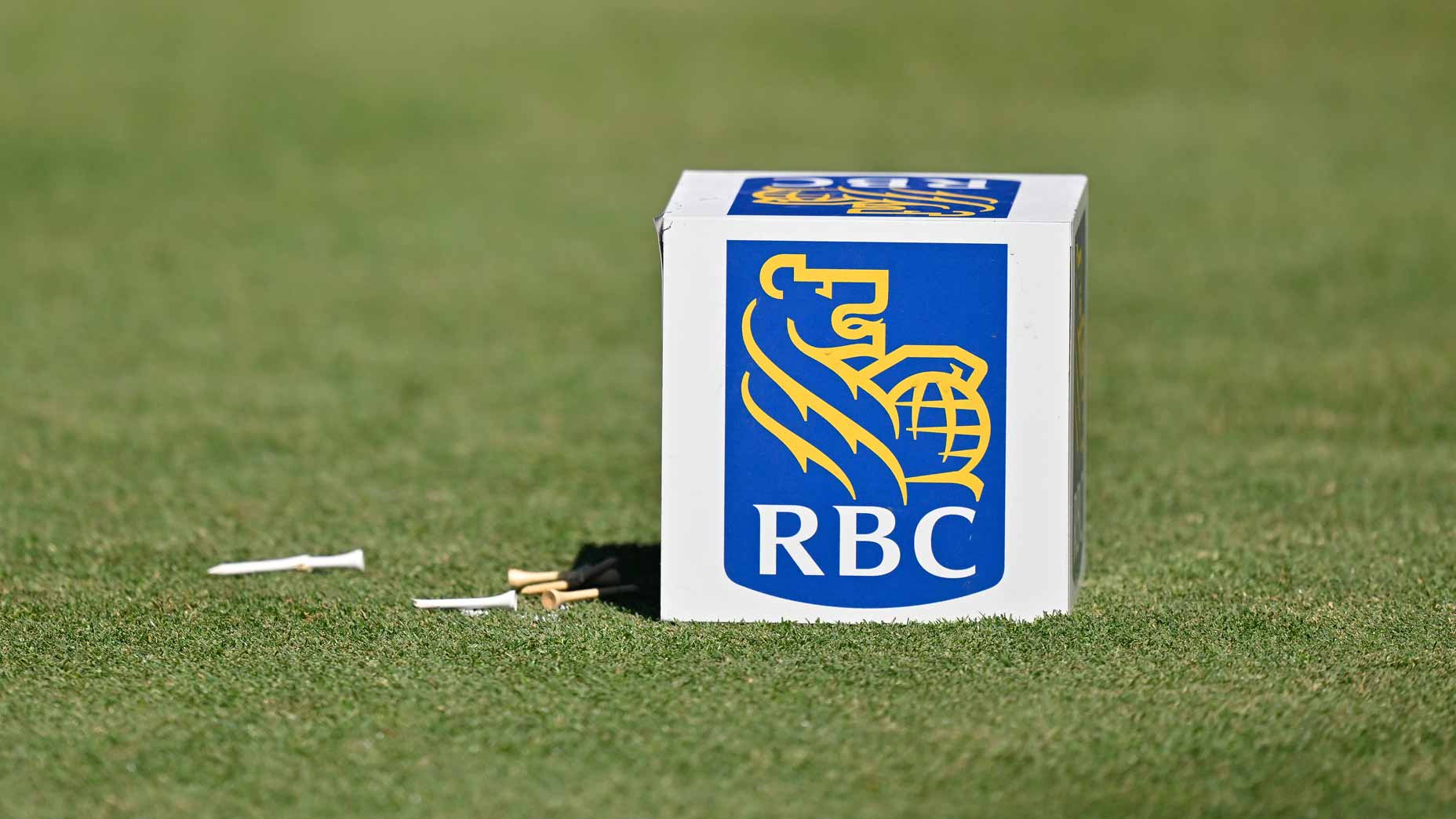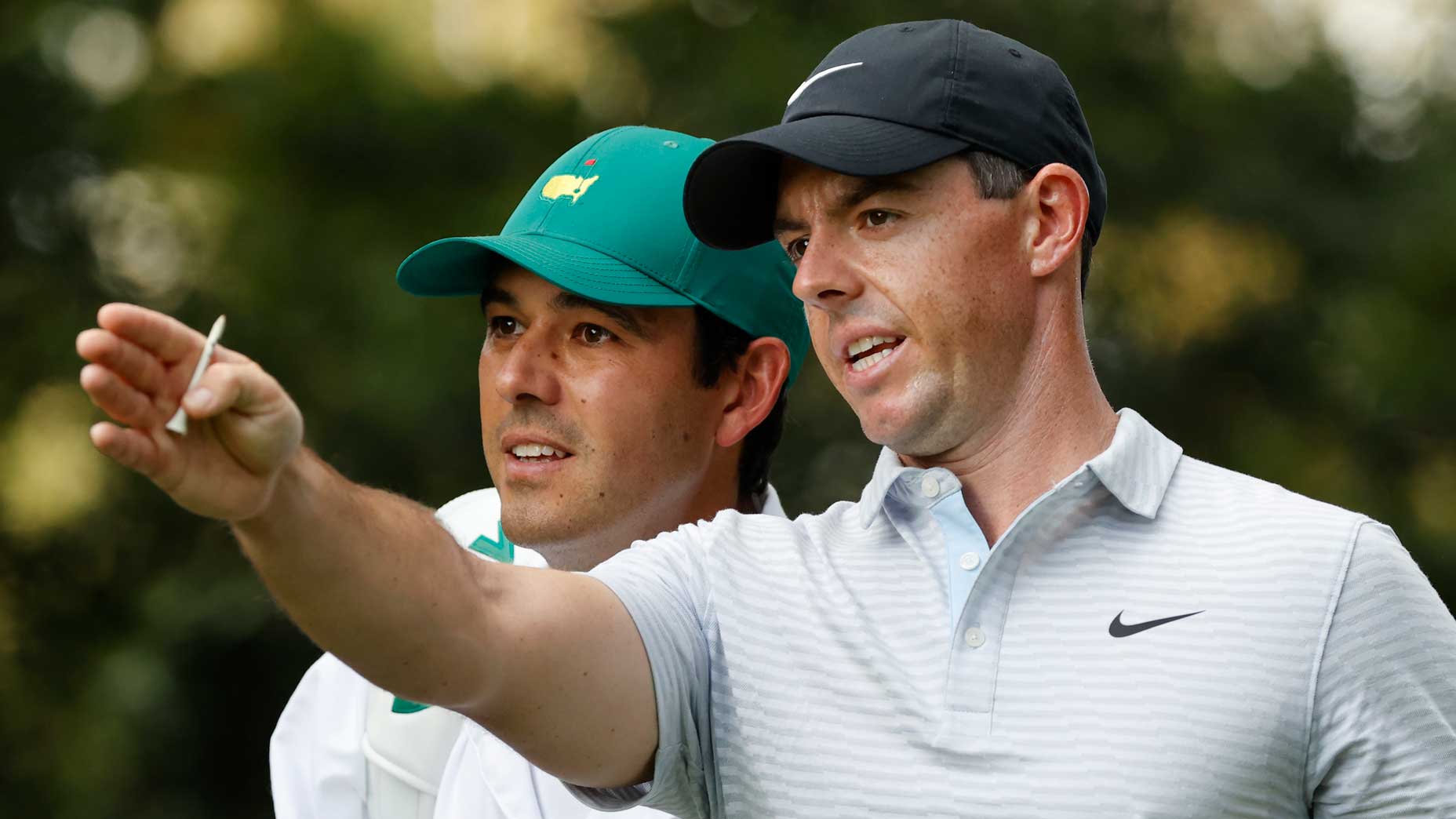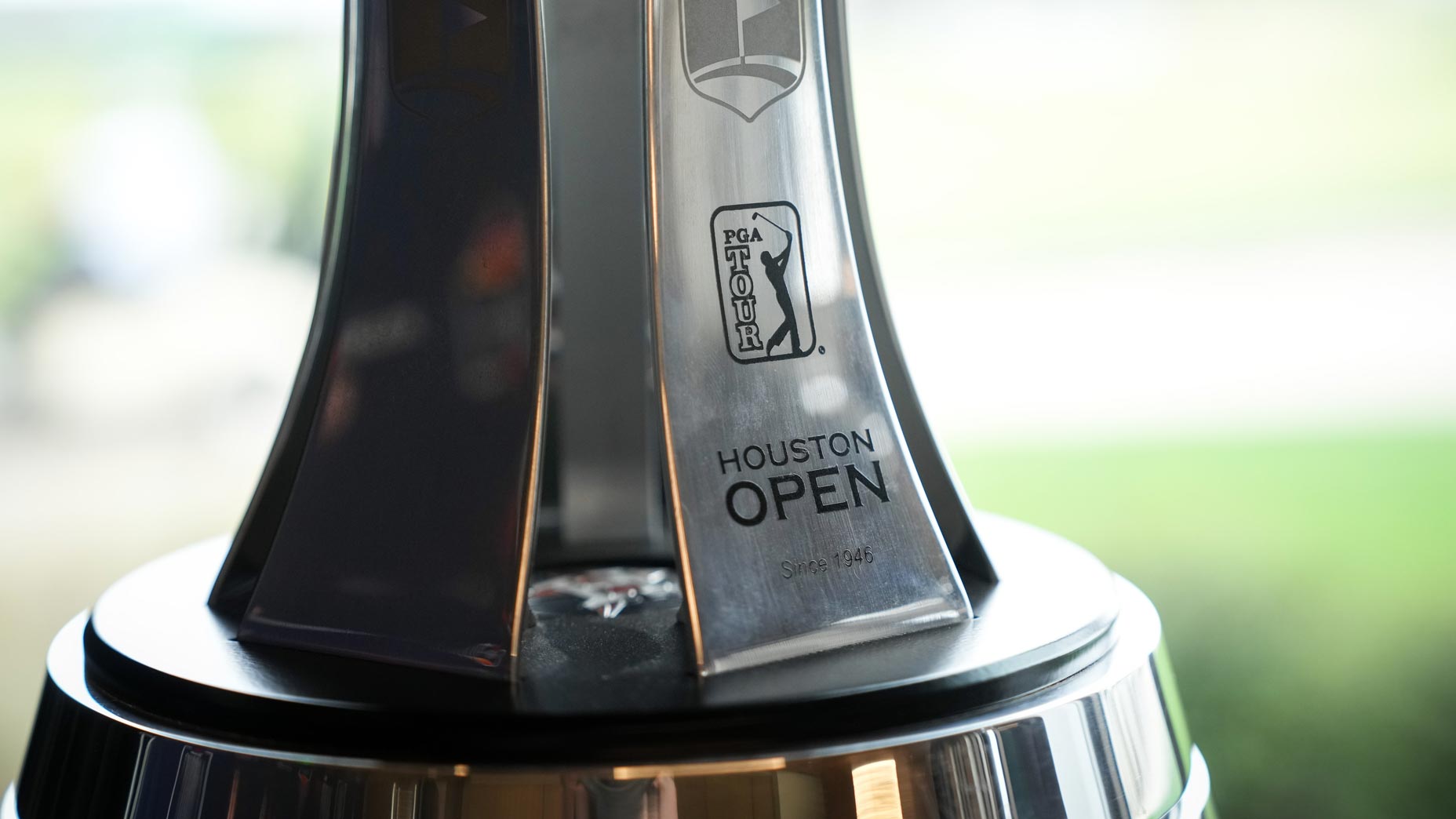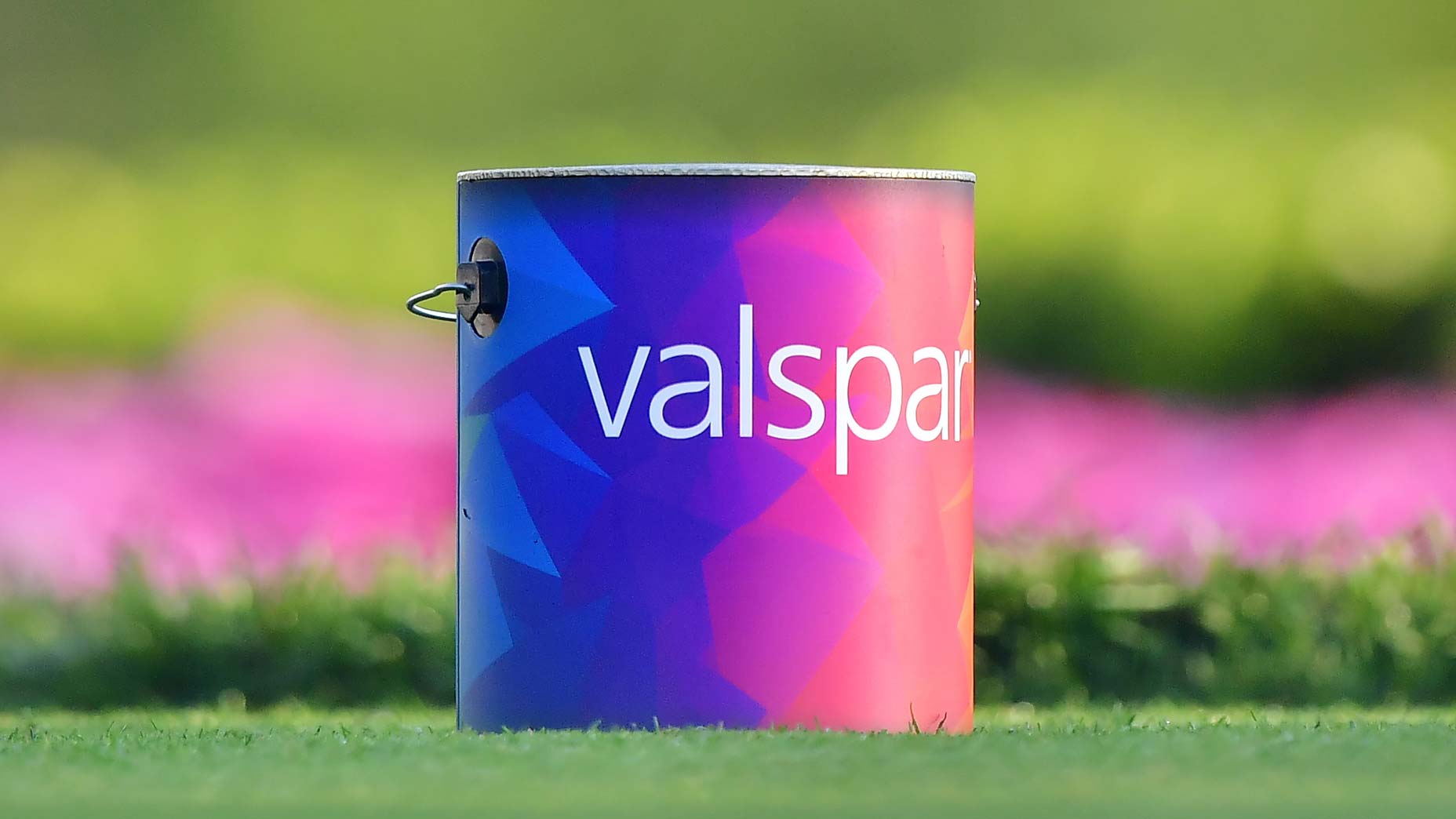The AT&T Byron Nelson has a new home in Trinity Forest. What do you need to know about it? We’re glad you asked!
1. Wait, the AT&T Byron Nelson has new a home?
Yep, it’s Trinity Forest, a new private club in Dallas. The 7,380-yard, par-71 layout opened late in 2016 and replaces the TPC Dallas Las Colinas in suburban Irving, which had played host to the AT&T Byron Nelson since the mid-1980s.
2. Who designed Trinity?
Texan Ben Crenshaw, who won the AT&T Byron Nelson in 1983, and Bill Coore share the design credit. They’ve built nine courses that currently garner Top 100 honors from GOLF, but this is just their second layout that will host a Tour event. Kapalua’s Plantation course on Maui is the other, home to the Sentry Tournament of Champions in January. Coore initially scoffed at the prospect of designing a course on an old dumping ground, but Crenshaw walked the land and told Coore to come have a look. With more vegetation cut back by the time of Coore’s visit, the site revealed the kind of lumpy ground that might yield an interesting links-like canvas.
3. That sounds like a different kind of Tour venue. Is it?
For sure. Not everyone will understand how to play this links-like test, let alone succeed, because this is not the typical Point A to Point B golf that the Tour pros see each week. The Pinehurst-like domed greens and beguiling fairway contours will redirect what look to be pretty good shots. Imagination and patience will be critical this week.
4. What are the most notable holes?
Where to start? Every hole offers something compelling in the way of options and features, with ground contour being the critical common denominator. Most talked about will be the drivable, 315-yard 5th, which dishes out a large bunker 40 yards short of the green that obscures much of the putting surface and a green itself that Coore describes as an “evil twin,” a small, convex surface that resembles another one close by at the par-4 15th. The turtleback green will repel all but the most perfect judged shots, so while it’s tempting for everyone in the field to go after it, look for the true craftsmen who decide to play it with 5-iron, wedge.
Par is normally 5 at the 11th, at 537 yards from the tips, but the hole will play as a 471-yard par-4 to the largest single green on the course, and likely the most three-puttable. The monstrous, uphill, then downhill, 630-yard par-5 14th serves up a central fairway bunker that defines the hole. Perhaps the most subtly brilliant use of contour is the spine that edges the right side of the green at the par-5 6th. The right side of the hole looks like a safe, harmless bailout, but miss it there and the subsequent up-and-down is next to impossible, with momentum from the slope and the green running away from you.
5. What do the pros think of it?
Jury’s still out but a few players (Zac Blair and Steven Bowditch among them) have already been gushing about it on Twitter. Geoff Ogilvy is one of the Tour’s elite when it comes to opinions and understanding of classic and modern course architecture. His own design firm, OCCM, was a finalist to earn the commission to create Trinity Forest, yet the 2006 U.S. Open winner is gracious enough to acknowledge the superb job that Coore and Crenshaw did. In a series of videos, he breaks down some of the inspired design and playability features that Coore and Crenshaw injected into the layout.
6. How will the course play this week?
With little or no rain expected and temperatures expect to hover around the 100-degree mark for the week, look for fiery fairways, bunkers seeing a lot of action due to the fast-running conditions and for the firm greens to reject all but the most precise shots. Frustration, amusement and respect will blend in equal measures. Home course advantage to Jordan Spieth, who’s a member here.
See more photos of the course below:









